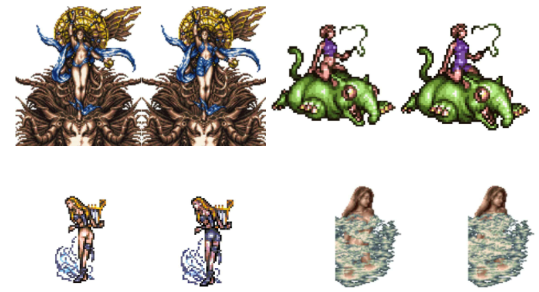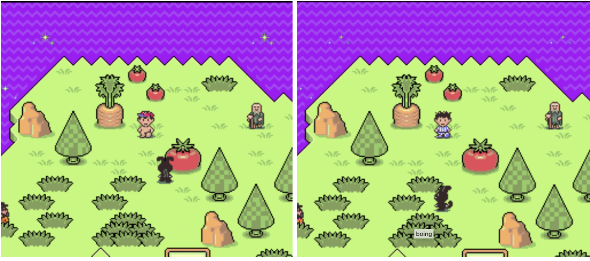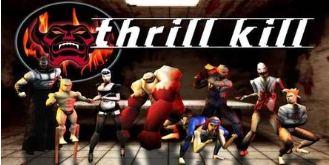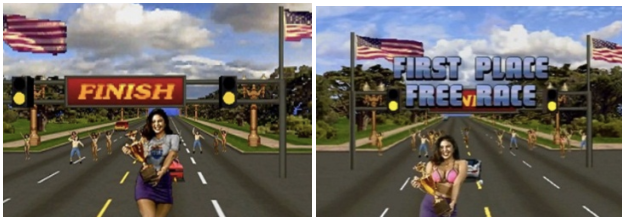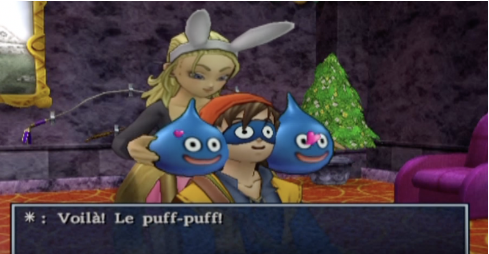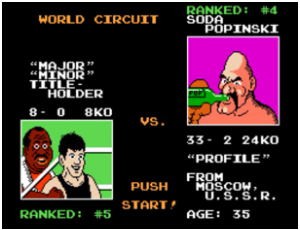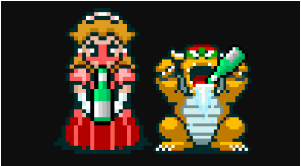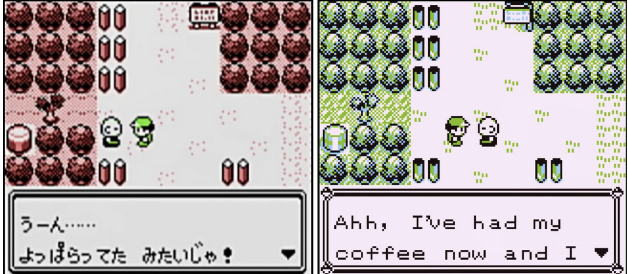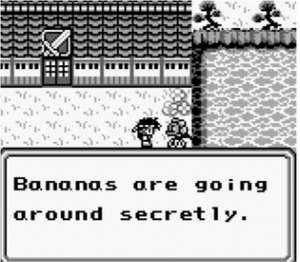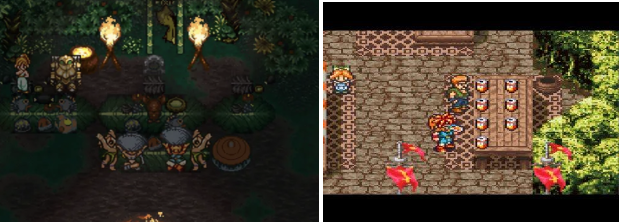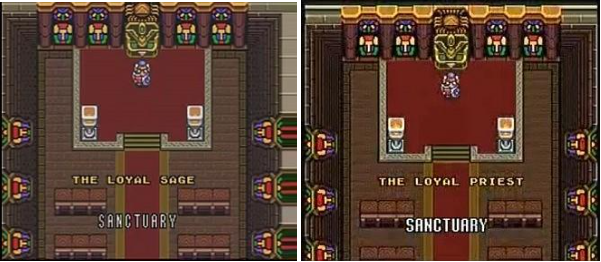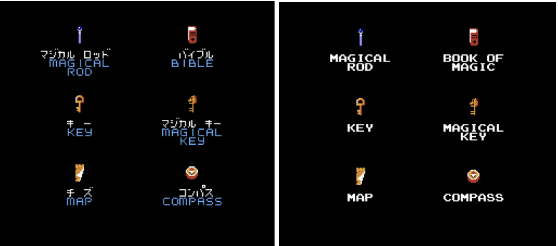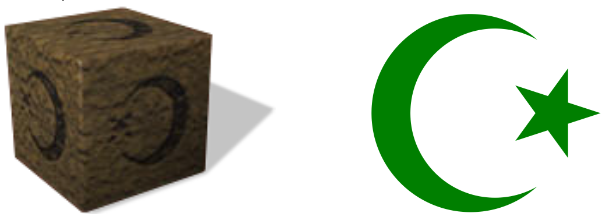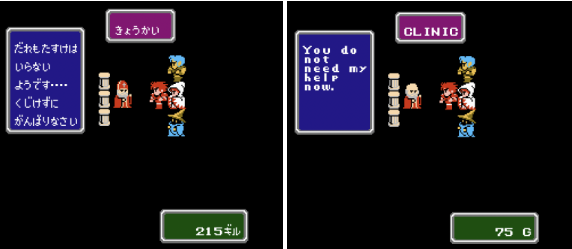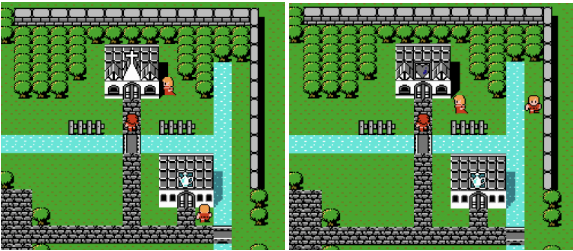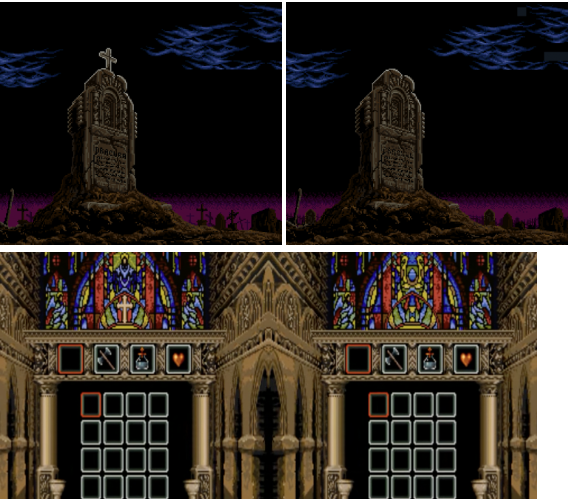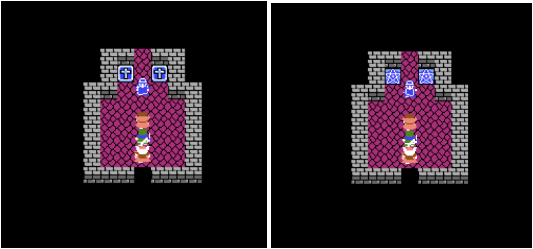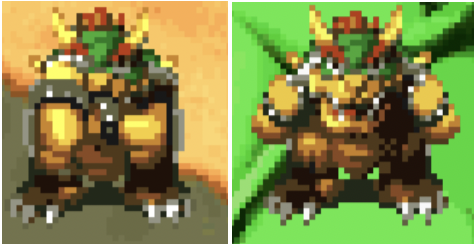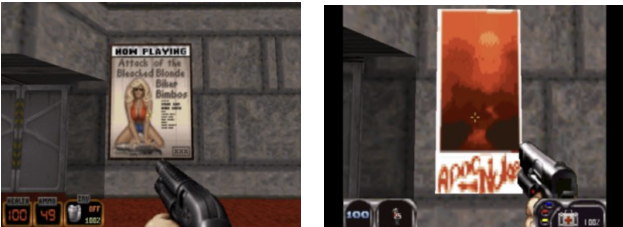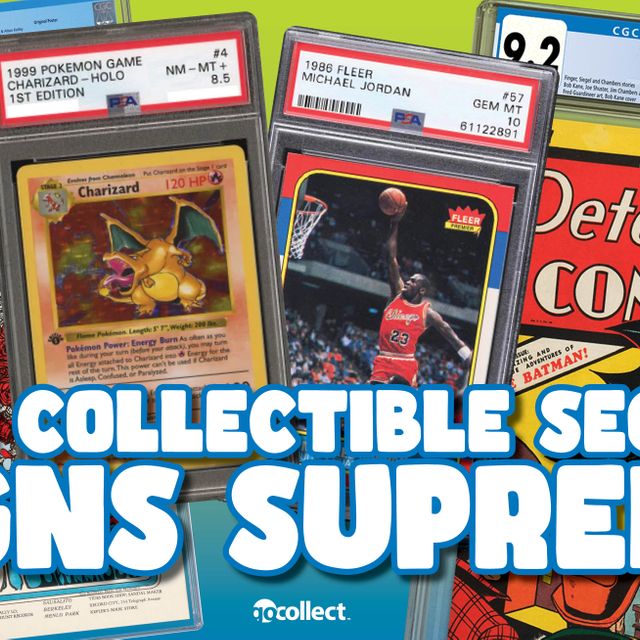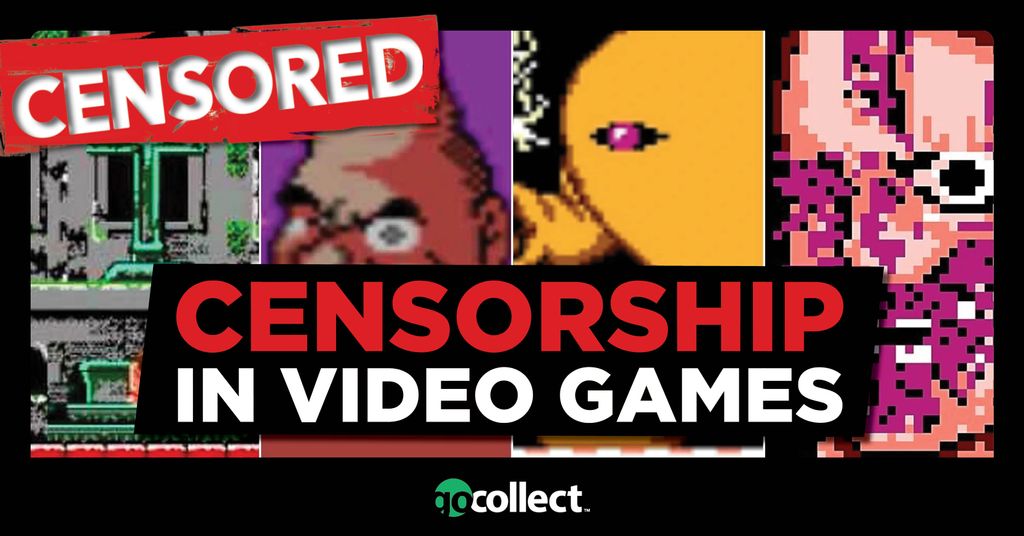
Some of the most popular topics that could warrant censorship are excessive violence, nudity and sexual content, religious imagery, and drug and alcohol use. Many of these have also changed over the years, whereas in the US, for example, censorship has drastically been reduced when it comes to video games. Most of these examples are going to be games from the 90s and early 2000s, back when most of this stuff just wouldn’t fly. It also can vary by game console and not just region, as each console company sets different rules for what they deem okay. Nintendo of America, of course, was the most strict, whereas companies like Sony and Sega were a little more lenient.
Nudity and Sexual Content
Final Fantasy VI -SNES
Let’s kick this off with Final Fantasy, a series still running to this very day - 16 mainline games and a horde of side games and spin-offs. And while the US market has matured enough to keep a lot of the scantily clad characters in the game, and themes of sexual content. There was actually a time when a few missing pixels were enough to set off the red flags.
In Final Fantasy VI in particular, there were many sprites that had to be edited. Most weren’t even nude but just showed a little too much skin. Thus the art team had to go and cover up a bunch of different sprites. On the left you will see the untouched Japanese sprites and on the right, the edited US sprites.
Earthbound-SNES
Earthbound has a part of the game where its main character, Ness, travels to a mysterious and supernatural place called “Magicant”. In Japan, it is very common for scenes with supernatural experiences to show the character in the nude. And that is just how Ness appears in the Japanese version, nude and with his signature baseball cap.
Of course in the US, this was changed so that Ness was wearing his pajamas and had messy hair.
Thrill Kill - PS1
Kicking things up a notch, Thrill Kill was a game that was essentially shadow-banned for the PS1. This is an arena-style fighting game that takes place in Hell and doesn’t skimp on the gore. Many of the characters are wearing BDSM-style outfits, and many of the moves not only allude to sexual acts in name but also how they are visually presented in-game.
This earned the game an AO rating by the ESRB, and was essentially a death sentence, as AO games are not carried by almost any retailer. So while not directly banned or censored, the developer had no choice but to scrap the game and cancel it, despite it being 99% finished. Interestingly enough, it was re-skinned into another game, called Wu-Tang-Shaolin Style.
Cruis'n USA-Arcade/N64
There are many examples of censorship in the game Cruis'n USA for the N64. The most well-known is the covering up of the woman holding the trophy. In the arcade, she is in a bikini, but for the N64 they opted to put more clothes on her.
The N64, in general, was highly targeted towards a younger audience, so changes like this were extremely common for N64 releases.
Zelda: Link’s Awakening - GameBoy
For such a popular and mostly tame series, you’ll be surprised how much this series pops up in this blog for being censored in all different ways. In Link’s Awakening, in particular, there is a surprising amount of nudity or allusions to nudity in the game.
The first example is when Link comes across a Mermaid who is missing her “Pearl Necklace”. In the Japanese version, she is actually missing her bikini top! That is why she won’t come out of the water and onto the rock, and also why she gets scared away when Link uses the dive action near her - it is implied that Link is taking a peek at her underwater.
Another example in the very same game; the Hippo character that is modeling for an artist is actually nude in the Japanese version with visible breasts. She quickly covers up with a towel when Link walks into the room.
They completely changed this for the US version, where she is nude, but doesn’t have breasts or any defining features that signify she is technically nude or trying to cover up.
Dragon Quest-NES
Finally, we will finish up this section with one of the funniest examples of censored content in another beloved series. Dating all the way back to the first Dragon Quest, you could pay for a service known as the “Puff Puff”. In Japan, this was an action that usually referred to when a woman would massage a person’s face with their breasts and was featured in lots of media, in particular - Dragon Ball. (Dragon Quest and Dragon Ball, share the same artist, Akira Toriyama.)
It was censored in the US, and instead was replaced with a woman selling “Tomatoes”. However, this action became a staple in the Dragon Quest series and was eventually allowed as the games went on and gave us one of the silliest scenes in gaming, where a woman massages your character with 2 slime monsters in Dragon Quest VIII, alluding to a VERY different act.
Alcohol and Drug Use
Mike Tyson’s Punch-Out - NES
In the original Mike Tyson’s Punch Out, there was a fighter named “Soda Popinski”. But originally he was supposed to be named “Vodka Drunkenski” which is how he appeared in the Super Punchout! Arcade game. They realized this might not be appropriate or could be offensive and decided to switch the name to something more innocent for consoles.
Of course, it still was very obvious what this “Soda” drinking pugilist was actually drinking, as his in-game lines still refer to alcohol. You will notice that in this Blog, Alcohol is a very common theme that was kept in the Japanese release of games, but completely edited for the US releases.
Super Mario Kart - SNES
Keeping with the theme of substances, the original Mario Kart had some cut content as well. During the victory animations at the podium, Peach and Bowser had animations of themselves guzzling down bottles of champagne. Peach even turns red and flushed to signify she is drunk.
The tradition of spraying and drinking champagne at the podium dates all the way back to 1967 when Dan Gurney had won the 24 hours of Le Mans. It is a tradition still carried out where the victors of all different types of races, break out the champagne at the podium.
It seems Nintendo was trying to pay homage here and include a reference to the racing world.
Pokemon Red & Blue - GameBoy
Another interesting placement for Alcohol use was in the original Pokemon Red & Blue. I am sure everyone is familiar with the grumpy old man blocking your way to the next town. In the US version, he blamed it on not having his coffee yet. But in the Japanese version, he was actually just very drunk and causing a scene.
Final Fantasy Legend II - GameBoy
I’m sure you are familiar with drug smuggling operations, but have you ever heard of a Banana smuggling operation? That is exactly what you’ll find in the US version of Final Fantasy Legend II, a game in which what was originally an Opium ring in the town of Edo, was comically changed to a Banana ring instead. Which gave us some really great lines of dialogue like this:
Resident Evil - PS1
This little piece of censorship actually explains something contextually in the game that was missing. In the intro of the original Resident Evil, in all of its campiness, you will see the cast introduced. In the original Japanese version, you will see Chris Redfield, one of the playable characters lighting up a cigarette. This is missing from the US version, as while flesh-eating zombies were okay to show, smoking cigarettes apparently was not.
What’s interesting is that if you play as Chris, you get access to the “Lighter” item right away, which is essential for solving puzzles. (Jill has to actually locate it.) It was a neat way to connect the in-game content with the initial intro video.
Chrono Trigger - SNES
This one is pretty easy to spot in the context of the scene when you’re an adult. But as a kid, the soup-drinking contest and soda race seemed so innocent. You’re drinking soup with a prehistoric warrior for all the glory and nothing more, and then pass out; makes total sense.
In actuality, they were racing to drink the most alcohol, and get so drunk they all passed out! Which leads to a precious item being stolen from them and advances the story. Of course, all of this was changed for the US release and was changed from Alcohol to soup and soda.
Religious Content
Zelda: A Link To The Past - SNES
A fan favorite, and arguably the best game on the Super Nintendo, wasn’t safe from censorship either. In fact, the original Japanese title is “Zelda: Triforce of the Gods”. The title itself was changed to something that had no references to Religion or God for the US release.
Many in-game objects and names were changed as well. Many references to “Priests” were changed to “Sages”, and lots of objects like the “Star Shaped Hexagrams” were removed as well, as they were a religious symbol. Even Hieroglyphs were removed completely.
The Legend of Zelda - NES
Sticking with the Zelda series, there were other religious objects that were changed in other games. In the original Legend of Zelda, they changed the name of the Book of Magic, which was originally called a “Bible” in the Japanese release.
Zelda: Ocarina Of Time - N64
And finally, with the N64 era, the references to Religion in the Zelda series continued. The crest of Gerudo (Left), looked remarkably similar to the Star and Crescent of Islam (Right).
This actually made it into the US release of the game but was eventually changed for the sequel, Majora’s Mask in all regions. The crest of Gerudo was completely redesigned to something else after this point
Final Fantasy VI - SNES
Besides nudity, Final Fantasy VI was also censored for lots of religious content. The “Holy” spell was renamed for a second time to “Pearl”. And any and all forms of “Praying” were changed into “Wishing”. All forms of the “Church” were changed into “Clinics”.
Games Censored for the inclusion of crosses or other Religious symbols
Final Fantasy
Super Castlevania IV
Dragon Quest-NES
Star Ocean: Second Story
Ducktales - NES

Language and Gestures
Super Mario RPG - SNES
The fact you could play as Bowser in this game was mind-blowing as a kid. Having King Koopa himself fighting beside Mario was a dream come true. And he had all of the attitude you would expect him to have, as well. In fact, maybe a little too much attitude!
They had to change his victory pose for the US release, as the original looked remarkably similar to an obscene gesture that was essentially used as “Up Yours” in the US.
Conker Live and Reloaded - Xbox
Possibly one of the biggest outliers in the entire N64 library is Conker’s Bad Fur Day, a game that was so vulgar and adult-oriented, it’s completely baffling how it ended up on the N64 at all - let alone be a console exclusive.
When it was remade for the Xbox after Microsoft acquired the company “Rareware”, it was completely watered down and censored, with nearly all swears either censored or bleeped.
One of the biggest examples is where the password to get into a club is “Fidelio”, but Conker mistakes it for “Felatio”. The creators must be Kubrick fans, as the password “Fidelio” is a direct reference to the movie “Eyes Wide Shut” and the password used in the movie.
Duke Nukem 64 - N64
We’ll finish this off with another heavily censored N64 game and port of Duke Nukem 3D, a game that could have fit into any of the categories in this Blog. Duke Nukem 3D is absolutely filled to the brim with adult themes and language. Strip clubs, nudity, abortion clinics, steroids, vulgar radio stations, and more, all cut from the game along with many lines of dialogue or images either completely changed or removed entirely for the N64. The voice actor for Duke, Jon St.John, was brought in to record all new lines that removed a lot of the swearing. Some examples of what they changed are…..
- The radio station KTIT was changed to KNAW.
- The ending scene where you hear a woman say "Ooooh, come back to bed, Duke! I'm ready for some action, NOW!” was completely removed.
- The line “Eat shit and die” was completely removed.
-“Those alien bastards” was changed to “Those alien scum.”
- The level “Red Light District” was changed to “Gun Crazy”
- “Steroids” were changed to “Vitamin X”
I honestly could have made an entire blog just focusing on the number of things that were censored in this game. But instead, I am gonna finish with a fan-favorite quote that actually DID make it into the N64 port and is originally a reference to the movie, They Live.
“It’s time to kick ass and chew bubblegum……and I’m all out of gum”
*Any perceived investment advice is that of the blogger and does not represent advice on behalf of GoCollect.
